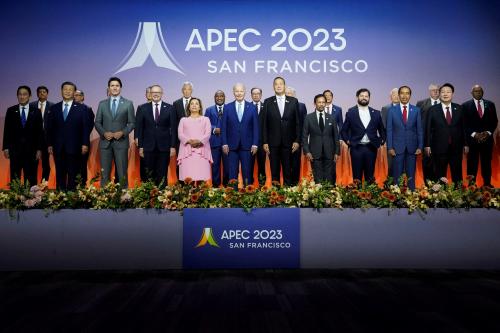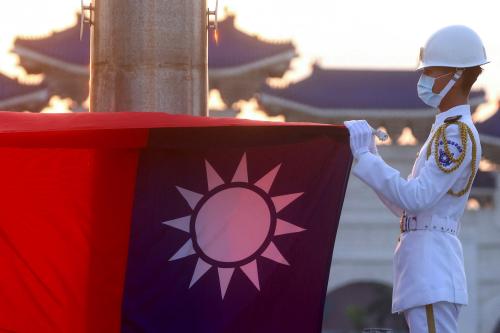For the past 55 years Pakistan and India have remained embroiled in intractable conflict
and chronic rivalry. At stake is the largest concentration of Muslims and Hindus in the world, the fourth and the seventh largest armed forces in the world, holding an unspecified number of nuclear weapons. Deep-seated historical animosities compounded by structural asymmetries contribute to an imbalance that is unprecedented in this day and age. Two years ago President Bill Clinton described the region as ?the most dangerous place in the world.? As the Bush administration took office in 2001, the CIA director asserted that ?the regional situation remains volatile, making the risk of war between two nuclear-armed adversaries unacceptably high.? By the end of last year, as the war on terrorism in Afghanistan raged on, India and Pakistan were locked eyeball-to-eyeball and had amassed an estimated one million soldiers on operational alert along their common border. The fusion of nuclear capability with unresolved political, strategic, and economic disparities presents a disturbing threat to an enterprising region with great promise otherwise. Recent times have
shown that a nuclear standoff in such a crisis-prone engagement can swiftly drive the volatility of the region to a dangerously high level. South Asia is a veritable tinderbox that could explode at any moment.
Perils of an Ideological State
The rivalry between India and Pakistan is analogous to a divorce in a New York court. In the state of New York, people seeking a divorce must go beyond the simple
reason of ?irreconcilable differences? and prove mutual wrongdoing. Fifty-five years ago the Muslims and Hindus, after living together acrimoniously for centuries, decided on an amicable divorce. However, it took an outside power, Great Britain, to separate them and execute an ?amicable? partition.
Read the full article.


Commentary
South Asian Security: A Perspective from Pakistan
August 23, 2002